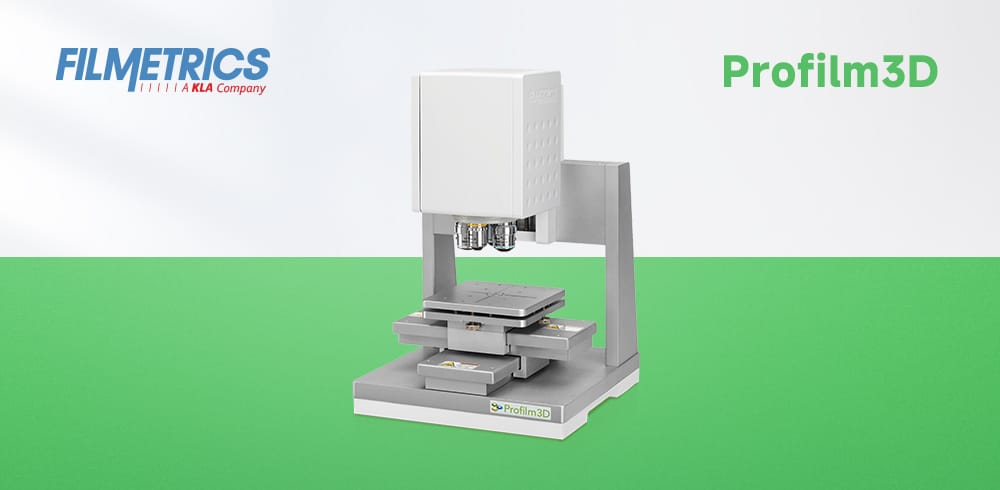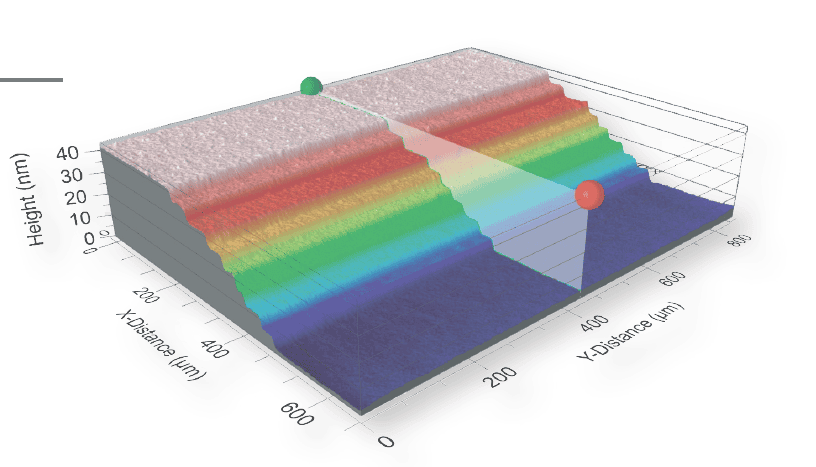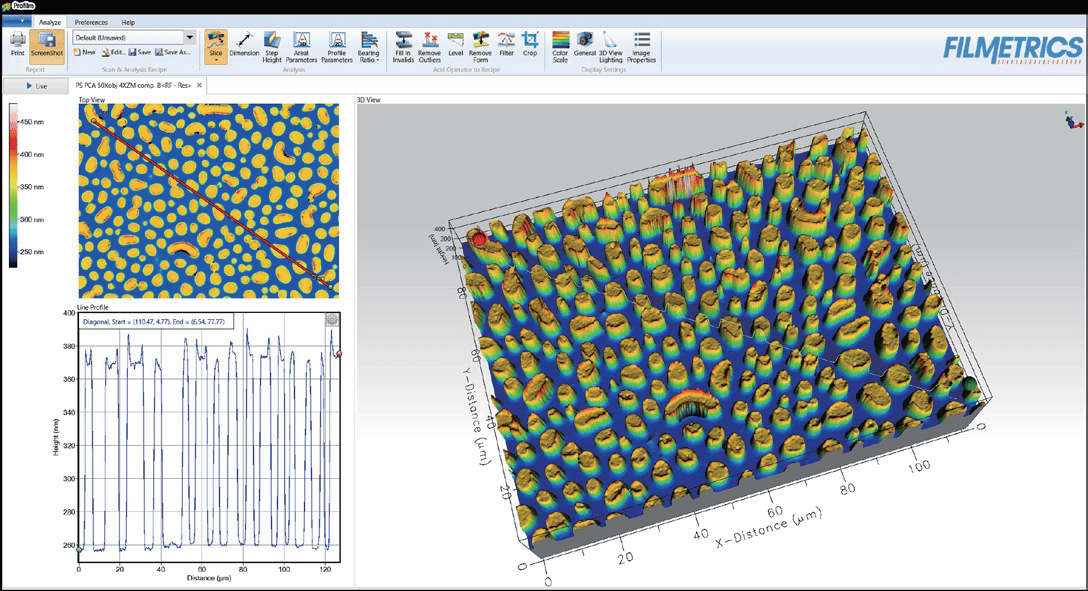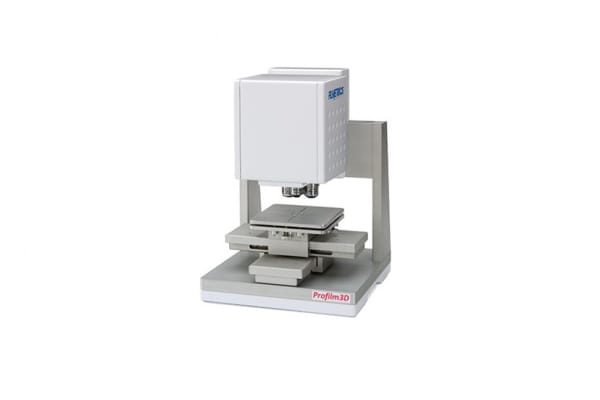KLA Profile 3D Optical profilometer

Product Introduction of KLA Profile 3D Optical Profilometer
KLA Profilm3D is a 3D white light interference profilometer.KLA Profile 3D Optical profilometerVertical interference scanning (WLI) technology and phase interference (PSI) technology are employed. Achieve sub-nanometer surface morphology research at a relatively low cost. "AdoptWhite light interferencePrincipleDo not damage the sample.
Product features and advantages of KLA Profile 3D Optical Profilometer
Field of view: The Profilm3D offers a field of view of up to 2mm with just a 10x objective lens, and its maximum 4x optical zoom function meets the need to switch between multiple objective lenses in different applications. All these have further reduced the cost of procurement demand.
100mm automatic XY sample stage: Each Profilm3D optical profilometer is equipped with a 100mm automatic XY sample stage, a 4-hole objective lens turntable and a manual leveling device as standard configurations.
High cost performance: Achieve sub-nanometer surface morphology research at a relatively low price.
Youdaoplaceholder0 non-contact high-precision measurement ? : the vertical resolution can reach ? sub-nanometer level ? (< 1nm), suitable for non-destructive testing of sensitive materials such as soft polymers and biological samples.
Youdaoplaceholder0 Simple measurement: The ?Profilm3D optical profilometer software can visually reflect measurements including surface roughness, shape and step height. Within seconds, you can obtain all common roughness parameters for measuring flat and curved surfaces. You can also choose to upgrade the software of the splicing function to combine multiple images for large-area measurement.
The measurement principle of KLA Profile 3D optical profilometer products:
KLA Profile 3D Optical profilometerWhite light is used as the light source, and the light beam is divided into two paths through a beam splitter: one path illuminates the surface of the sample to be measured, and the other path is projected onto the surface of the reference mirror. The two reflected light beams form interference fringes on the CCD camera. The slight height difference on the sample surface causes changes in the optical path difference. By analyzing the light and dark distribution and positional offset of the interference fringes, the relative height of each point on the surface is calculated to generate three-dimensional topography data.
The main applications of the KLA Profile 3D optical profilometer
Step height | Texture |
"Appearance" | Stress |
Film thickness | Defect detection |
Product parameters of KLA Profile 3D Optical Profilometer
Thickness range (WLI | 50nm-10mm | Thickness range (PSI | 0-3μm |
RMS repeatability (WLI) | 1.0 nm | RMS repeatability (PSI) | 0.1 nm |
Step height accuracy | 0.7% | Step height accuracy | 0.1% |
Sample reflectance range | 0.05% - 100% | ISO25178 compatibility | is |
For more parameters, please contact us |
KLA Profile 3D optical profilometer diagram











